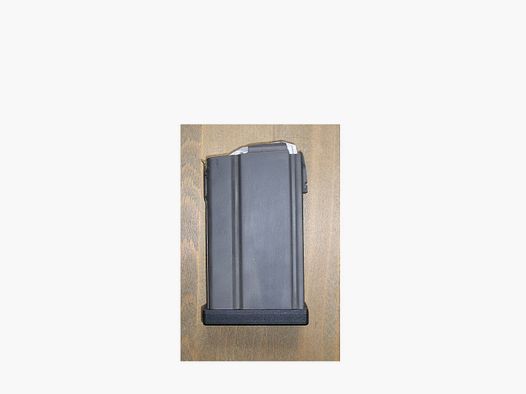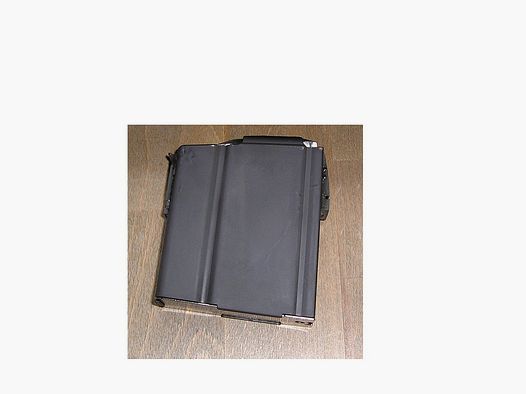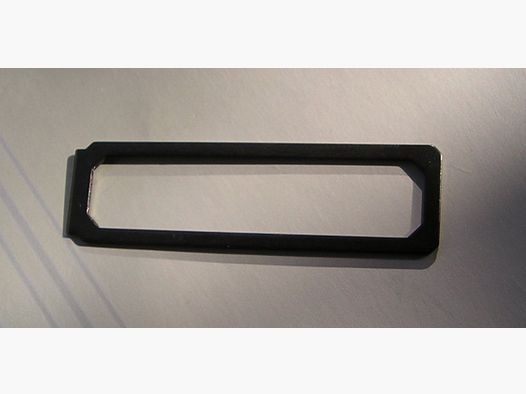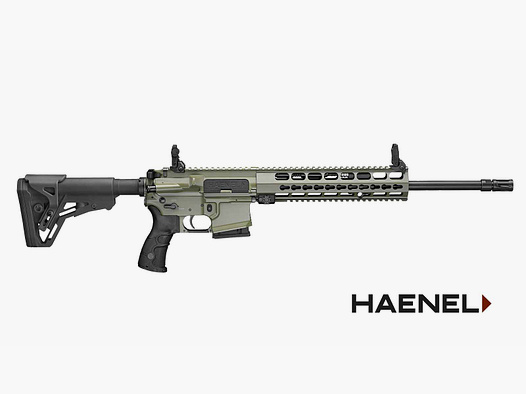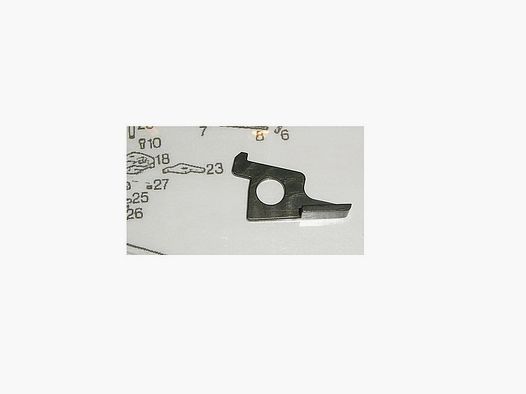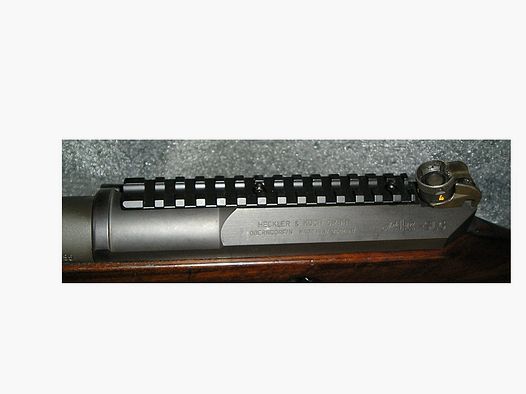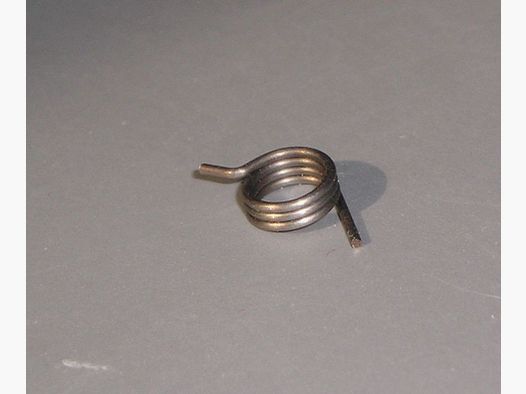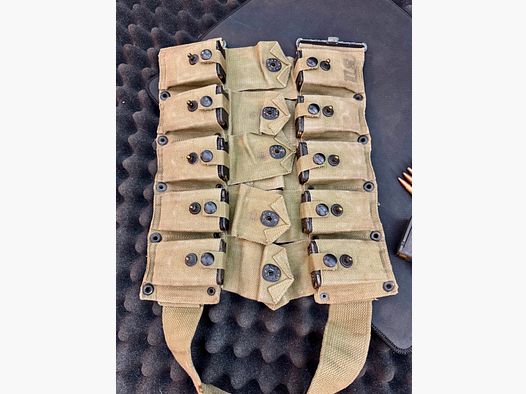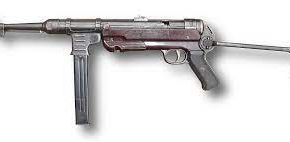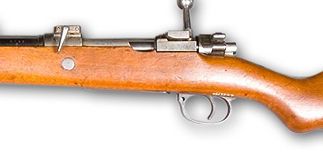The Rifle 43 or G43, sometimes also referred to as Carbine 43 (K43), is a German semi-automatic rifle that was developed and used during World War II. As a direct response to the Soviet SVT-40 and the American M1 Garand, the G43 represented the German Wehrmacht's attempt to increase the firepower of their infantry by introducing a reliable, semi-automatic rifle.
Development History of the G43
The development of the G43 began against the backdrop of earlier failures with the Rifle 41 (G41), which proved to be unreliable and overly complicated in the field. Taking into account the insights gained and the experiences from fighting better-equipped opponents, Walther developed the G43, which solved many of the problems of its predecessor models. Production began in 1943, and a total of about 400,000 units were manufactured by the end of the war.
Technical Features
- Caliber: The G43 uses the caliber 7.92×57mm Mauser, the standard caliber of the German infantry during both world wars.
- Magazine Capacity: Equipped with a detachable magazine that holds 10 rounds, the G43 offered a significant advantage in rate of fire and ammunition capacity compared to most other infantry rifles of the time.
- Weight: The rifle weighs approximately 4.1 kg (empty), making it relatively heavy, but necessary for stability when shooting.
- Length: The overall length of the G43 is about 1,130 mm, with a barrel length of 550 mm.
- Operating System: The G43 uses a gas-operated system with a piston located under the barrel, which was directly inspired by the Soviet SVT-40.
Areas of Use
The G43 was used in various theaters of World War II, from the vast landscapes of the Eastern Front to the dense forests of the Ardennes. It was employed by both regular infantry units and specialized hunter and paratrooper units. Some G43s were also equipped with scopes for snipers, although it was not intended as a primary sniper rifle.
Popularity and Collector's Value
After the war, the G43 continued to be used by various armies and police units, particularly in Eastern Europe. Today, the G43 is a coveted piece for gun collectors and historical weapon enthusiasts. Its significance as one of the few semi-automatic infantry weapons used by the Wehrmacht in World War II, along with its historical importance and rarity, drives up its collector's value.
The Rifle 43 at a Glance
The Rifle 43 represents a significant advancement in the development of infantry weapons during World War II and symbolizes the transition to more modern firearm concepts. Despite its relatively late introduction and limited production numbers, the G43 played an important role on the battlefield and influenced the development of subsequent semi-automatic and automatic rifles. As a collector's item, the G43 remains a fascinating relic from a bygone era, reflecting the innovation and challenges of weapon development during the conflict.



